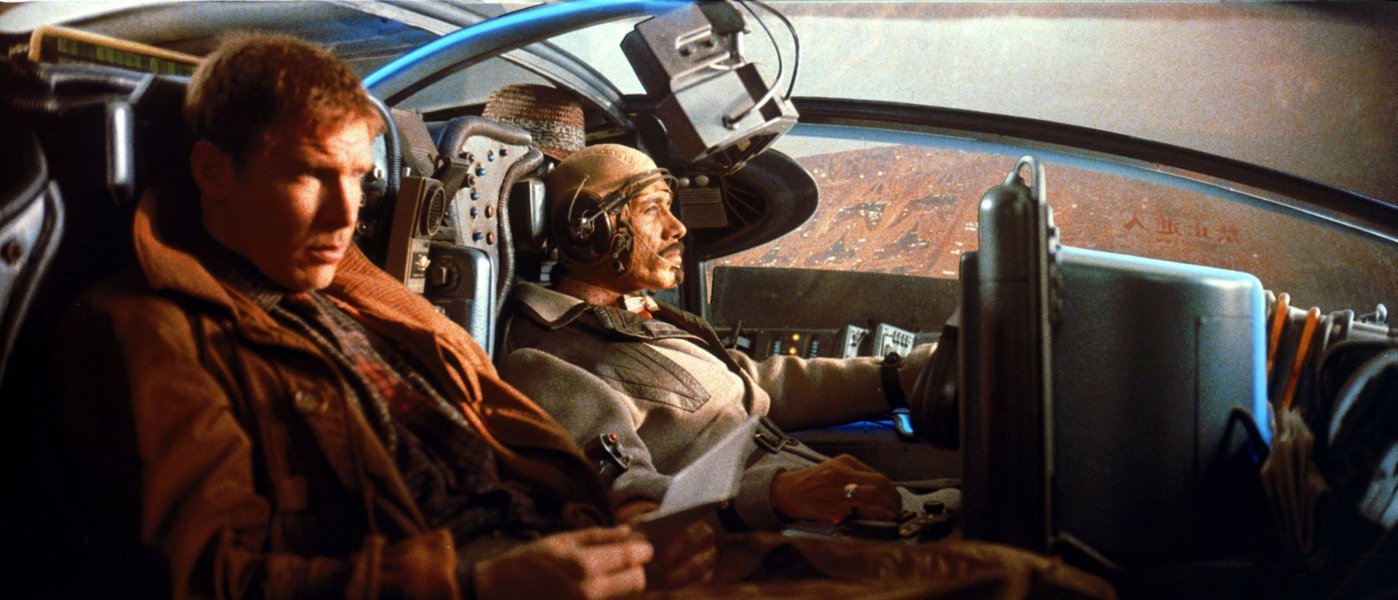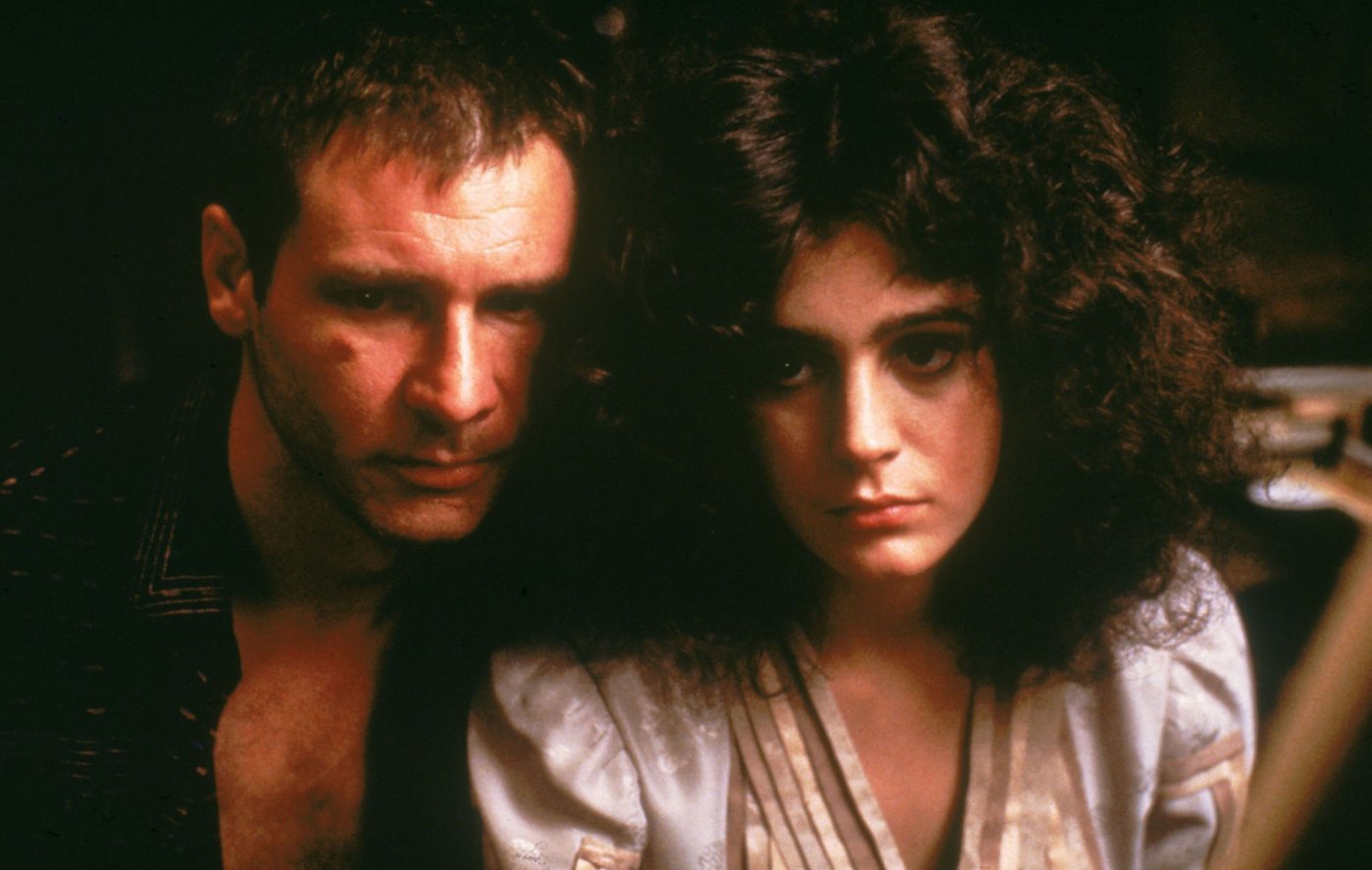UK | 2004 | Directed by Shane Meadows
Logline: A soldier returns to a small country town to seek revenge on the local wastrels who amused themselves years earlier by teasing, humiliating, and terrorising his younger mentally handicapped brother.
A deeply sombre and disturbing tale, more resonant than a dozen hack horror movies, yet inhabits its own nightmare realm; a dramatic thriller of controlled rage which inexorably reaches critical mass and finally explodes with a precision that fractures into the abstract.
Shane Meadows is a unique talent, having proved himself with several gritty and powerfully emotive dramas each laced with a unique streak of coal black humour. Dead Man’s Shoes is his darkest film in tone and execution, yet there is humour to be found lurking uncomfortably just below the movie’s surface. Like the best practitioners of cinema comedy, Meadows understands that the most intelligent and resonant comedic edge comes from vividly-etched characterisation and irony, rather than forced gags or throwaway lines of pithy dialogue.
Paddy Considine, who co-wrote the screenplay with Meadows, is revelatory as Richard the returned paratrooper - simultaneously protagonist and antagonist - with one hell of a bone to pick. His brother Anthony (Toby Kebbell) floats around anxious to see what Richard’s true agenda is as he loiters around the township's watering holes observing the wideboy shenanigans; the men who appear absurd, yet dangerous and unstable. But their disparate energy is nothing against the velocity of a troubled, trained assassin, a man on a rogue mission.
On what appears to be a very modest budget, Dead Man’s Shoes is both artful and economical in its narrative with its striking, yet fluid, unassuming camerawork. A superb cast support Considine’s knockout central performance, but of particular note are Kebbell and Gary Stretch as the charismatic gang leader Sonny. The soundtrack of mostly modern folk and western songs is another standout, with the addition of some broody electronic stuff from Aphex Twin and Laurent Garnier during a pivotal scene of drug-induced mental disintegration.
All these elements, handled with consummate skill, push the movie into strangely mythical territory etching a concise parable about the violence of the mind, body and soul. Revenge is a savage, unruly beast capable of sudden and extreme violence, leaving emotionally discordant repercussions lingering.
Like a deconstructed merging of slasher and vigilante flick Dean Man's Shoes takes all the familiar elements and turns them on their heads. Then severs the head, and kicks the body in the gutter. This is the kind of terrifying darkness that post traumatic stress disorder threatens to unleash, and in this case, explodes into a Jacobean-style tragedy, as a deeply-scarred soul furiously wipes the blood of rage and redemption from his disturbed eyes.



































































































































